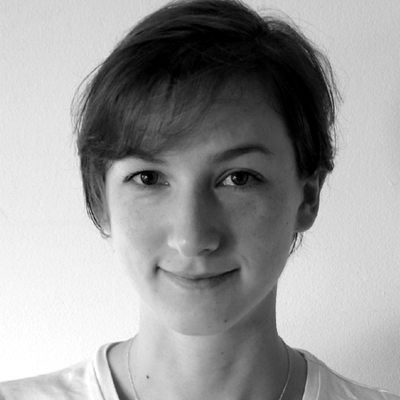ABOVE: © ISTOCK.COM, FREEZELIGHT
Ten years ago, Colin Carlson never would have imagined he’d be working with an interdisciplinary team of scientists trying to predict the next pandemic. Back then, he was wrapping up his undergrad degree in biological sciences at the University of Connecticut and had all but avoided studying pathogens—believing, he says, that “I’m terrible at microbiology.”
Yet Carlson, currently an assistant research professor at Georgetown University in Washington, DC, and principal investigator at a National Science Foundation–funded consortium that curates datasets for research on disease emergence, says he now feels very much in his element, pursuing the same broad questions that first got him interested in the life sciences.
Born in Connecticut in 1996, Carlson grew up fascinated by the natural world and the effects of climate change. At just 12 years old, he was admitted to UConn as an undergraduate. The achievement garnered him substantial media coverage—something Carlson says he didn’t particularly enjoy and is glad is now behind him.
After completing his undergrad and a subsequent one-year master’s degree at UConn, Carlson moved in 2013 to the lab of population biologist Wayne Getz at the University of California, Berkeley, for his PhD. There, he began studying the relationships between climate change, species extinction, and disease. One well-publicized project, which Carlson says arose from discussions over pancakes with another student, involved modeling the effects of climate change on the biodiversity of parasites such as ticks and intestinal worms. The team’s model predicted that within a few decades, many parasite species will be doomed to extinction, Carlson says, adding that the work underlined how little scientists know about the downstream consequences of climate change on global ecosystems.

In 2018, Carlson joined the lab of mathematical biologist Shweta Bansal at Georgetown. During a two-year postdoc, he developed estimates of the number of mammal-infecting viruses—around 40,000 species, of which roughly 10,000 may jump from animals to people. He also simulated the effects of climate change on cross-species viral spread, concluding that warming will likely increase transmission. Bansal tells The Scientist in an email that it’s been a privilege to work with Carlson. “He is an extraordinarily capable scientist and combines this with outstanding leadership abilities to do paradigm-shifting work in global change biology, macroecology, planetary health, and epidemiology.”
Through his postdoc work, Carlson realized that disease ecologists could benefit greatly from better data sharing. In 2019, he and Georgetown colleague Gregory Albery dreamed up the Verena Consortium to establish open-access databases and boost collaboration in the field. The project released one of its first such databases, VIRION, last year, providing what Carlson calls “an atlas of which viruses infect which hosts.” Now that the COVID-19 pandemic has brought the difficulties of infectious disease prediction and prevention to the fore, the consortium is working on PHAROS, an animal disease detection database that could help researchers study pathogen transmission, including cross-species jumps, and the effects of global change on wildlife health.
In the meantime, Carlson has kept up several research projects. With Verena colleagues, he recently published a study that used machine learning to predict which bat species host which viruses. And separate from the consortium, Carlson has teamed up with Jeremy Yoder, an evolutionary biologist at California State University, Northridge, to investigate relationships between flower symmetry, pollinator behavior, and species extinctions. Yoder says he has been struck by Carlson’s work ethic and dedication, adding that it’s often a challenge “trying to keep up with the pace of his thought.” The pair is now developing new methods for modeling ecological interactions such as plant-pollinator or host-parasite relationships.
Carlson’s research doesn’t leave him much free time, he says, although he’s been making the most of the springtime weather with an electric bike purchased during the pandemic. He says he feels fortunate to have been involved in building collaborations over the last two years that, “if we do our job right,” will make the task of predicting and preventing viral spillovers less burdensome. “This is where my brain sits even when I’m not doing my job,” he says. Particularly for the climate-related parts of his research, “there’s just this bottomless well of problems to solve,” he adds, “and this huge room for creativity that I really enjoy.”
Membership Open House!
Enjoy OPEN access to Premium Content for a limited timeInterested in exclusive access to more premium content?




